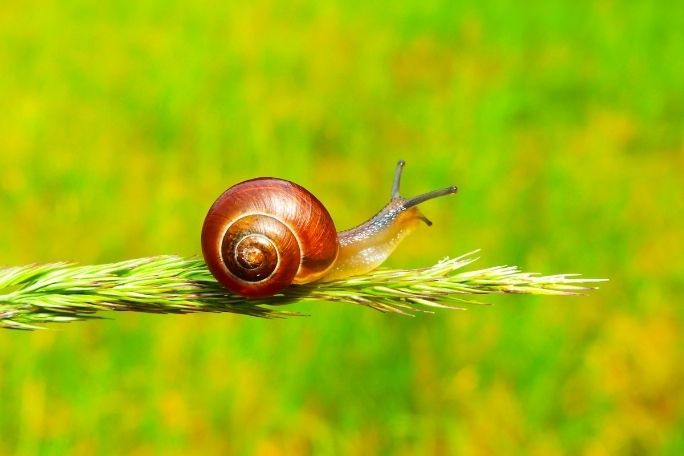Lesson summary
Students investigate how to distinguish between living and non-living things. They begin by thinking about the living and non-living things in their classroom before attempting to classify a range of things as living or non-living. They are then introduced to the MRS GREN tool, and use it in conjunction with the example of a beetle to explore how to determine if something is living or nonliving. They then create their own drawing or 3D model of a spider to demonstrate the attributes that qualify it as a living creature. Finally, students return to their original classifications and work to reclassify these things as living or non-living based on what they learnt in the lesson.
Learning intentions:
Students will...
- understand the difference between living and non-living things
- recognise the value of a tool for assessing if things are living or nonliving.
Success criteria:
Students can...
- apply the MRS GREN checklist tool to various things to determine if they are living or non-living
- make a drawing or 3D model
- apply and use critical thinking skills
- work collaboratively and independently
- participate in class and group discussions.
Lesson guides and printables
Curriculum links
Select your curriculum from the options below.
Lesson details
Curriculum mapping
Australian Curriculum content descriptions:
Year 3 Science:
- compare characteristics of living and non-living things and examine the differences between the life cycles of plants and animals (AC9S3U01)
- write and create texts to communicate findings and ideas for identified purposes and audiences, using scientific vocabulary and digital tools as appropriate (AC9S3I06)
Year 4 Science:
- explain the roles and interactions of consumers, producers and decomposers within a habitat and how food chains represent feeding relationships (AC9S4U01)
- write and create texts to communicate findings and ideas for identified purposes and audiences, using scientific vocabulary and digital tools as appropriate (AC9S4I06)
Syllabus outcomes: ST2-10LW, ST2-4WS, ST2-11LW
General capabilities: Critical and creative thinking
Cross-curriculum priority: Sustainability
Relevant parts of Year 3 achievement standards: Students group living things based on observable features and distinguish them from non-living things, and they use diagrams and other representations to communicate their ideas.
Relevant parts of Year 4 achievement standards: Students describe relationships that assist the survival of living things and sequence key stages in the life cycle of a plant or animal. They use formal and informal ways to communicate their observations and findings.
This lesson is part of the wider unit of work: Investigating Invertebrates – Lower Primary
Resources required
- MRS GREN and the beetle – worked example
- Device capable of presenting a website to the class
- Insect Life-cycles
- Materials for drawing OR materials for 3D model (modelling clay or playdough and paper for labels)
- MRS GREN Image
- Scientific Drawing Guidelines
- Student Worksheet – one copy per student
- Whiteboard and markers
Skills
This lesson is designed to build students’ competencies in the following skills:
- Communication
- Critical thinking
- Collaboration
Additional info
Time required: 100 mins
Level of teacher scaffolding: Medium – oversee discussions and lead students in activities
This is an original Cool+ lesson.


Welcome back!
Don't have an account yet?
Log in with:
Create your free Cool.org account.
Many of our resources are free, with an option to upgrade to Cool+ for premium content.
Already have an account?
Sign up with:
By signing up you accept Cool.org's Terms and Conditions(Opens in new tab) and Privacy Policy(Opens in new tab).